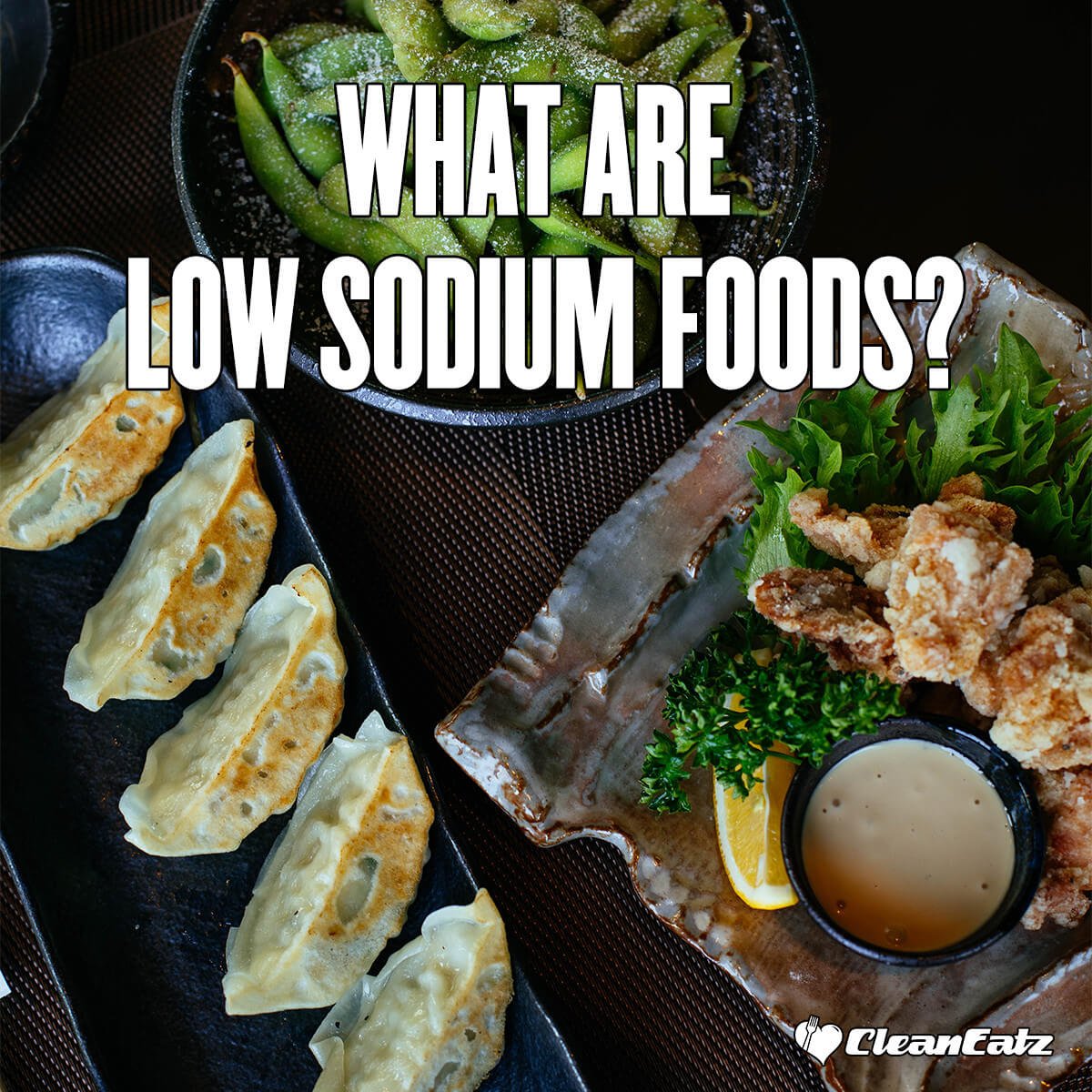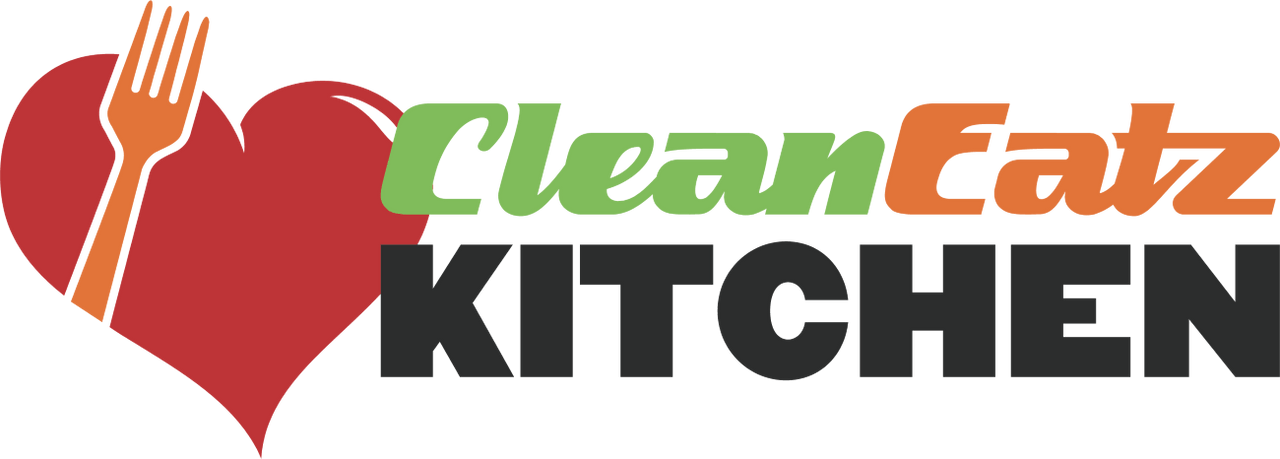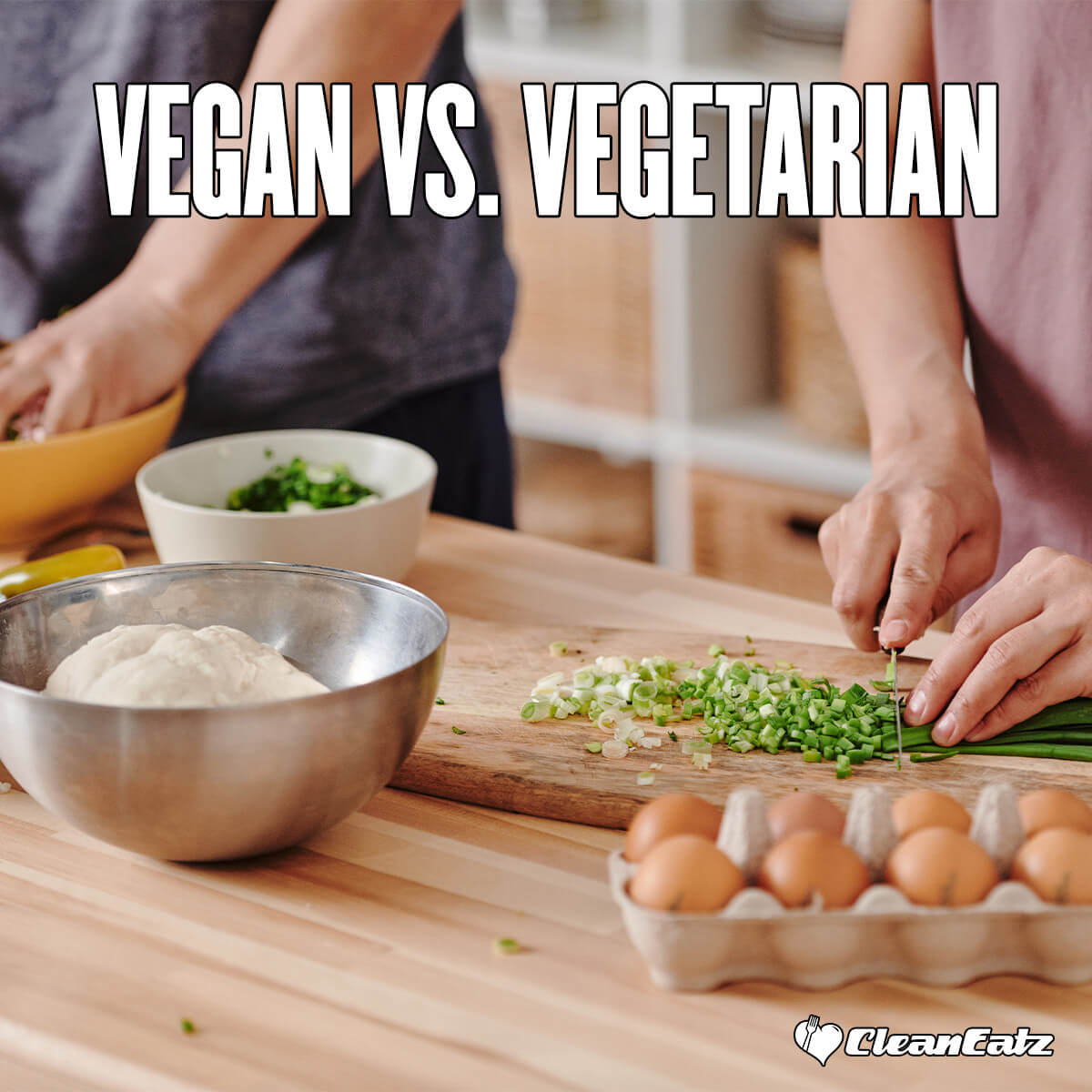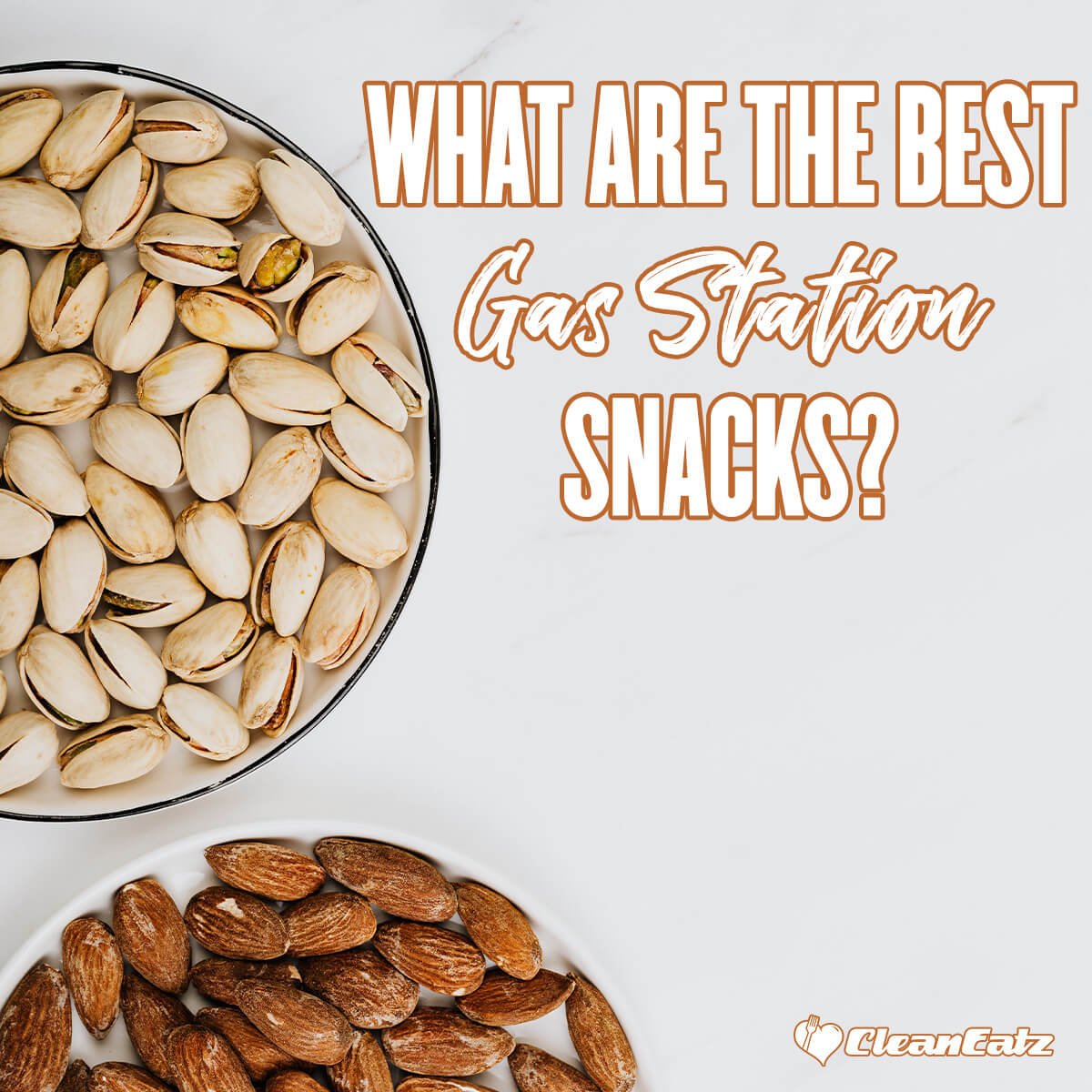
What Are Low Sodium Foods?
Jason Nista
Nutrition
|
Healthy Recipes
|
Healthy Lifestyle
6 minute read
So you've realized it's time to prioritize low-sodium foods and adopt a diet that's lower in salt. Embarking on a low-sodium journey might appear daunting initially, but with minor adjustments and recipe modifications, you'll be on the right path. The secret lies in emphasizing natural, whole foods that are innately flavorful, eliminating the need for excessive salt.
Consider fresh fruits and vegetables, whole grains, lean proteins, and healthy fats. As you delve deeper into what foods are low in sodium, you'll notice your sodium intake naturally balancing. In this guide, you'll discover strategies for low-sodium shopping, salt-minimized cooking, and our top recipes to kickstart your journey. Brace yourself to rediscover the authentic tastes of real food. Dive into your low-sodium adventure today!
What Foods Are Low In Sodium: A Brief Overview
To effectively cut down on sodium:
- Scrutinize nutrition labels.
- Season without salt.
- Embrace home cooking.
- Wash canned beans and veggies.
Typical low-sodium foods encompass fruits, vegetables, whole grains, lean proteins, and dairy items.
While grocery shopping, scout for low-sodium labels.
Amplify the taste of dishes by integrating salt substitutes like herbs, spices, citrus, and vinegar.
Sodium's Role and Its Impact on Wellness
While sodium is vital for our bodies, an overdose can be detrimental. The suggested daily cap is 2,300 milligrams, yet the average American surpasses 3,400 milligrams!
The affordable meal delivery options from CleanEatzKitchen can help you maintain a healthy sodium intake without breaking the bank. They offer delectable, low-sodium meals that can support your overall wellness goals.
Reducing Sodium Intake with Low Sodium Foods
Mitigating sodium can aid in moderating blood pressure and curbing heart disease risks. Tips to commence:
- Analyze nutrition labels. Opt for items labeled "low sodium" or "reduced sodium," ideally below 140 milligrams per portion. Be wary of ingredients such as sodium chloride, sea salt, baking soda, and MSG.
- Season without the salt. Rely on herbs, spices, citrus juices, and vinegar. Ingredients like lemon, lime, chili, black pepper, basil, and rosemary are excellent alternatives.
- Opt for home-cooked meals. Outside food often brims with sodium. Home cooking with fresh ingredients gives you sodium control.
- Cleanse canned items. This process sheds surplus sodium. Alternatively, choose no-salt or reduced-sodium canned goods.
Adapting to low-sodium foods might be tough initially, but your health will thank you. Initiate gradually and let your palate adjust. Explore diverse recipes and taste profiles. Soon, excess salt won't even be missed. Over time, making low-sodium choices will become instinctual.
Low Sodium Foods to Incorporate into Your Diet
Limiting sodium doesn't entail a compromise on taste. Some of the most delicious foods naturally fall under the category of "low sodium foods." Introduce more of these into your diet, and your palate will acclimate swiftly.
Fruits and Vegetables
Stock up on fresh produce such as apples, bananas, broccoli, carrots, spinach, and tomatoes. They're nutrient-rich and almost devoid of sodium. To enhance their taste, consider roasting or grilling them with olive oil, lemon juice, and seasonings.
Whole Grains
Opt for whole, unprocessed grains like rice, oats, quinoa, and barley when wondering what foods are low in sodium. They have a subtle nutty taste without added salt. Consider whole wheat pasta and unsalted popcorn as excellent low-sodium snacks.
Lean Proteins
For protein, go for fresh fish, chicken, eggs, beans, and legumes. Instead of sodium-rich sauces, season them with spices like chili powder, garlic, or citrus. Unsalted nuts such as almonds and walnuts offer protein and beneficial fats.
Dairy
Choose plain, fat-free yogurt or milk and personalize it with fruit, honey, and spices. Soft cheeses like ricotta or goat cheese usually have less sodium than their harder counterparts.
By concentrating on whole foods and fresh components, you'll effortlessly reduce sodium without sacrificing taste or nutrition.
Strategies to Reduce Sodium Intake Using Diet Alterations
To lower sodium consumption, tweak your daily diet. Here's a guide to help:
Pick Low Sodium Foods
When grocery shopping, scan nutrition labels to identify low-sodium foods such as:
- Canned soups, veggies, and broths. Seek out “low sodium” or “no salt added” labels with less than 140 mg per serving.
- Condiments: Opt for no-salt-added or prepare your own.
- Snacks like pretzels or chips: Find unsalted or low-sodium variants.
- Deli meats: Opt for natural or “no-nitrates-added” types.
Enhance Flavor Sans Salt
For those pondering over what foods are low in sodium, amplify your food’s taste without additional salt. Use:
- Herbs and spices, both fresh and dried.
- Citrus extracts like lemon or lime.
- Vinegar: rice, wine, or balsamic.
- Salsas, chili pastes, or natural soy sauces.
Prioritize Home-Cooked Meals
Home-cooked dishes allow control over sodium intake. While cooking:
- Refrain from adding salt and pre-made seasoning mixes.
- Employ garlic and herbs instead of salt.
- Compare nutrition labels for ingredients, focusing on low-sodium foods.
- Wash canned items to shed extra sodium.
Final Thoughts
Making a few simple changes in your choices of low-sodium foods can significantly reduce your salt intake. Be patient; your taste buds will acclimate.
Here's your guide to understanding what foods are low in sodium. By making straightforward swaps and being more discerning at the grocery store, you can greatly influence your health. As you consume fewer salty foods, your body will adapt, making you feel better quickly. It might require time, but each adjustment you make is a step forward. Prioritize fresh, whole foods over processed ones, and you're set on a path to eliminating surplus salt and enhancing your nutrition.
Consistently consuming low-sodium foods will yield noticeable improvements swiftly. If you're seeking guidance on maintaining your diet, Clean Eatz Kitchen is here to assist! We offer an array of diet plans to help with your health and fitness aspirations, focused on what foods are low in sodium.
FAQ
Why is it important to monitor our salt intake?
Monitoring salt intake is crucial because excessive salt can lead to high blood pressure, which is a risk factor for heart disease, stroke, and kidney disease. By keeping our salt consumption in check, we can potentially reduce the risks associated with these health concerns.
How can I start making healthier food choices at the grocery store?
Begin by reading nutrition labels to understand what's in the food you're buying. Prioritize items with fewer additives and preservatives. Opting for fresh produce, lean meats, and whole grains while limiting processed foods can make a significant difference in your overall diet.
Can our palate really adapt to changes in our diet?
Absolutely! Over time, as we consistently expose our palate to different flavors and reduce our reliance on certain additives like salt or sugar, our taste buds can adapt. This means that foods once deemed bland without these additives can become just as flavorful and satisfying with consistent dietary changes.



